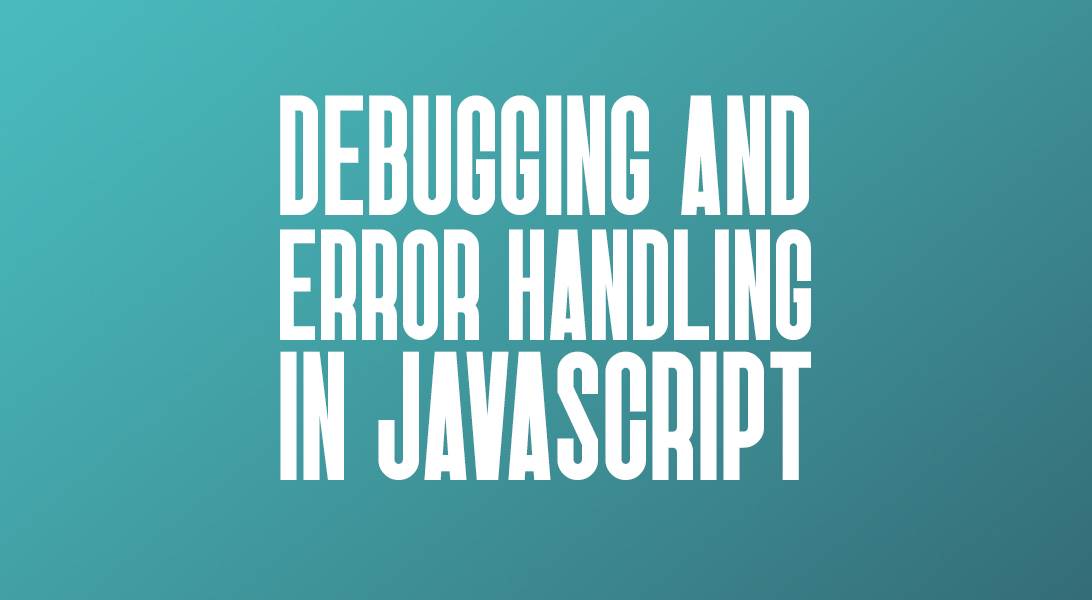In JavaScript, debugging and error handling are important parts of the development process. They allow you to identify and fix issues in your code, making it more reliable and efficient. Here are some common techniques and best practices for debugging and error handling in JavaScript, along with examples:
1- Console logging: One of the most common ways to debug code is by using console.log statements. This method allows you to log information about your code to the browser console, which can help you identify issues and track down errors. For example:javascript
let a = 5;
let b = 10;
console.log(a + b); // Output: 15
javascript
try {
// Code that might throw an error
} catch (error) {
// Handle the error here
console.error(error);
}
javascript
function divide(a, b) {
if (b === 0) {
throw new Error("Cannot divide by zero");
}
return a / b;
}
try {
console.log(divide(10, 0));
} catch (error) {
console.error(error);
}
javascript
function add(a, b) {
debugger;
return a + b;
}
console.log(add(5, 10));
These are just a few of the many techniques you can use for debugging and error handling in JavaScript. By using these tools effectively, you can create more reliable and efficient code, and ensure a better user experience for your users.








0 Comments